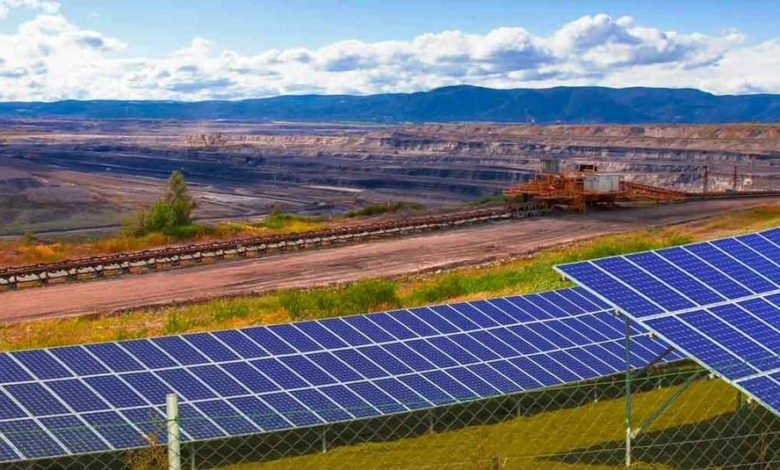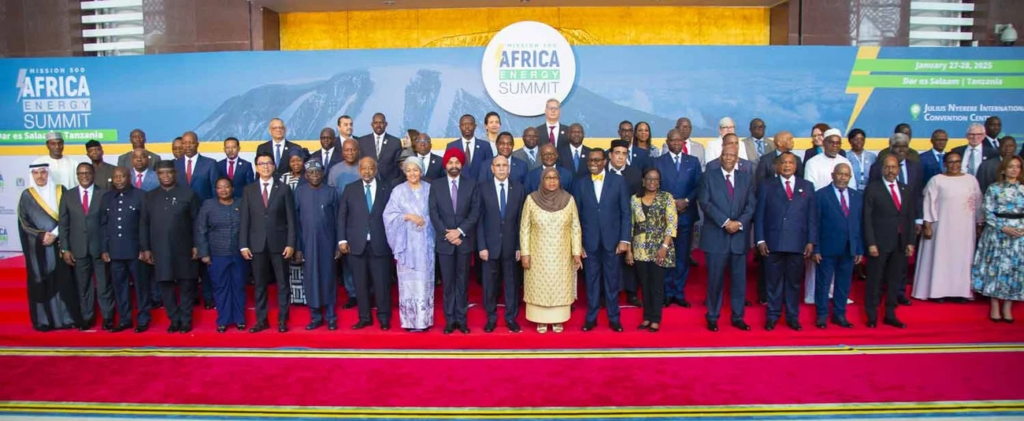Energy : an innovative mechanism to mitigate currency risks and support the sector’s transition in Africa
On the sidelines of the African Energy Summit in Dar es Salaam, the African Development Bank and KPMG South Africa presented an innovative approach to overcoming the currency risks that hinder the financing of energy infrastructure projects in Africa.

In a context where the volatility of foreign currencies often undermines the realization of energy infrastructure projects across the continent, the African Development Bank (AfDB) and the auditing and consulting firm KPMG South Africa have published a groundbreaking report aimed at mitigating currency risks. This report, titled “New Mechanism for Mitigating Currency Risk to Support Africa’s Energy Transition”, was presented during the African Energy Summit held on January 27-28 in Dar es Salaam, Tanzania.
A major challenge for the energy transition in Africa
The African Energy Summit brought together heads of state, representatives from multilateral development banks, the private sector, development partners, and civil society to explore ways to harness Africa’s natural resources to drive sustainable economic growth and bridge the financing gap on the continent. The report by the African Development Bank and KPMG South Africa highlights a major obstacle: the volatility of foreign currencies and convertibility risks. These threaten the accessibility and sustainability of privately funded Independent Power Projects (IPPs), slowing down Africa’s energy transition.
A non-circulating currency to reduce currency risks
The report proposes an innovative solution: the creation of a “non-circulating currency” backed by a diversified basket of critical commodities. This mechanism offers an alternative to traditional financing denominated in U.S. dollars or euros and helps stabilize exchange rates, which are often unstable in African countries’ local currencies. This approach is particularly relevant as Africa holds an abundance of critical minerals needed for the global energy transition, accounting for about a third of the resources required for this transition, according to the AfDB.
The demand for critical minerals will continue to grow exponentially over the next 30 years, and we cannot overstate Africa’s role in the global energy transition
Implementing this financing mechanism could significantly impact the capital cost for clean energy projects. It would reduce investment costs, strengthen cross-border financial cooperation and integration, and improve Africa’s negotiating position in global resource markets. Indeed, according to Auguste Claude-Nguetsop, partner and head of financial services at KPMG Southern Africa, “The demand for critical minerals will continue to grow exponentially over the next 30 years, and we cannot overstate Africa’s role in the global energy transition.”
A solution to reduce the financing gap
The AfDB and KPMG report also emphasizes that this mechanism would help reduce the $400 billion annual financing gap across the continent. This gap is a major barrier to achieving the Sustainable Development Goals (SDGs) and securing long-term energy supply. The new mechanism could thus be an important lever to enhance energy security, stimulate industrialization, and foster economic prosperity in Africa.
The future of green energy in Africa relies on unlocking innovative financial solutions that enable the continent to leverage its vast mineral wealth
As the driving force behind this new mechanism, the AfDB stresses that it is crucial to harness Africa’s vast mineral resources to meet global energy needs. Wale Shonibare, Director of Financial Solutions, Policy, and Energy Regulation at the African Development Bank, emphasized: “The future of green energy in Africa relies on unlocking innovative financial solutions that enable the continent to leverage its vast mineral wealth.” He added that the proposed mechanism would play a crucial role in stabilizing investment flows and accelerating sustainable development.
By tackling financial constraints and mitigating currency risks, we can unlock new opportunities…
In summary, the AfDB and KPMG report asserts that this mechanism offers numerous benefits for both lenders and borrowers. By reducing currency risks and promoting more stable financing, it could unlock new economic opportunities for the continent, strengthen industrialization, and accelerate infrastructure development. Frank Blackmore, Chief Economist at KPMG South Africa, concluded by stating, “The economic impact of exploiting critical mineral wealth in Africa is profound. By tackling financial constraints and mitigating currency risks, we can unlock new economic opportunities, strengthen industrialization, and stimulate sustainable growth across the continent.”
“Mission 300” $70 billion mobilized to finance energy projects across Africa

On January 27-28, 2025, Dar es Salaam, Tanzania, hosted the African Energy Summit “Mission 300,” bringing together heads of state, international financial institutions, private companies, and community organizations. The main goal of the event was to connect 300 million people to electricity by 2030, with a focus on providing reliable, affordable, and sustainable energy across the African continent.
During this summit, significant financial commitments were announced to support this ambitious initiative. The Tanzanian government, in collaboration with the African Union, the African Development Bank Group, and the World Bank Group, mobilized over $70 billion to fund energy projects across Africa.
Among the notable contributions, the French Development Agency (AFD) announced a commitment of €1 billion to support electrification in Sub-Saharan Africa by 2030, as part of the “Mission 300” program.
These financial commitments aim to transform the energy sector in Africa by improving access to electricity and promoting sustainable development across the continent.
Consult the full report “New Mechanism for Mitigating Currency Risk to Support Africa’s Energy Transition”






